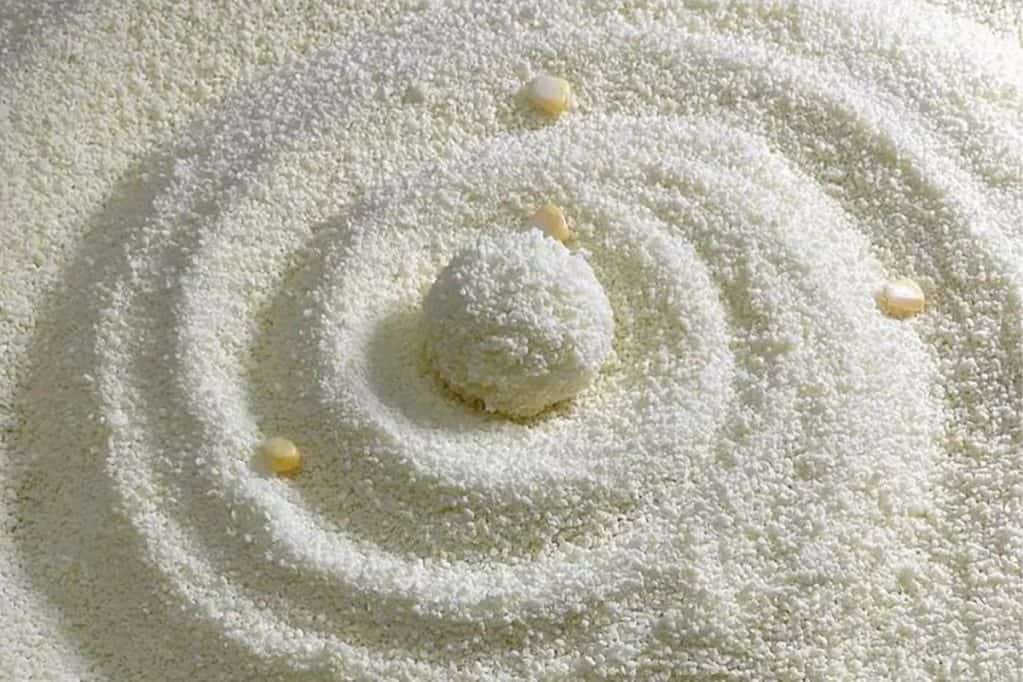1. Why Focus on Cassava Cat Litter?
In recent years, pet owners demand healthier, greener solutions—and clay or tofu litters show their limits. With 70%–80% cassava starch as its core and EU-level biodegradability, cassava litter has captured the market. It degrades over 92% within 28 days and meets modern sustainability needs.
2. Raw Materials & Eco Advantages
• Core Ingredient: Cassava starch (branched structure) instantly gels on contact with water and fully biodegrades within 30 days.
• Green & Safe: No chemical binders or fragrances—gentle on cat skin and lungs.
• Standards Compliant: Meets EU EN 13432 for biodegradability, far surpassing non-degradable bentonite or crystal litters.
3. Performance Tests: Data Speaks
| Metric | Test Result | Notes |
| Clumping Speed | ≤ 1 minute | Free-fall test: does not crumble |
| Single Absorption Volume | 60 ml in just 8 seconds | Forms the tightest clumps |
| Deodorization Rate | Ammonia reduced by 94.2% | Plant enzymes + baking soda + SAP polymers |
| Dust Rate | <0.13% | Full-chain dust-removal process, ultra low dust |
4. Drawbacks & Usage Tips
• Tracked-out Amount ~12 g/run: With 0.3–1.2 mm granules, cassava litter clings to paws—best used with a covered or double-tray box.
• Humidity Sensitivity: Granules can powder in high humidity—store and use in a dry, ventilated area.
5. All-Type Litter Comparison
| Litter Type | Core Advantages | Fatal Drawbacks | Suitable Scenarios |
| Cassava Litter | Low dust, fast clumping, biodegradable | Easily tracked out on paws; becomes powdery in humid conditions | Cats with respiratory sensitivities; eco-friendly households |
| Bentonite Litter | High absorbency, low cost | High dust level; not flushable | Tight budgets; single-cat homes |
| Tofu Litter | Flushable, unscented, natural | Prone to mold in damp environments; loose clumps | Small apartments; ease of cleanup |
| Crystal Litter | Long-lasting odor control, ultra-low dust | Doesn’t clump; risk of ingestion; possible chemical residue | Short trips; temporary use |
| Pine Litter | Natural pine scent, biodegradable | Requires a double-tray litter box; poor clumping | Fans of natural fragrance; dry climates |
6. Practical Tips
• Adjust Replacement Frequency: Single-cat homes: replace every 10–14 days; two or more cats: every 7 days.
• Environment & Storage: Avoid heat and moisture to keep litter fresh longer.
• Choose the Right Box: Since cassava litter tracks out more, use a high-rim or leak-proof design.
7. Health & Sustainability Begin with Litter
Cassava cat litter’s superior clumping and biodegradation are driving the industry from basic function to premium eco-friendly standards. No technical spec—even perfect—beats a cat’s satisfied burying motion. Choose based on your cat count, climate, and habits to keep your pet healthy and the planet happy.


